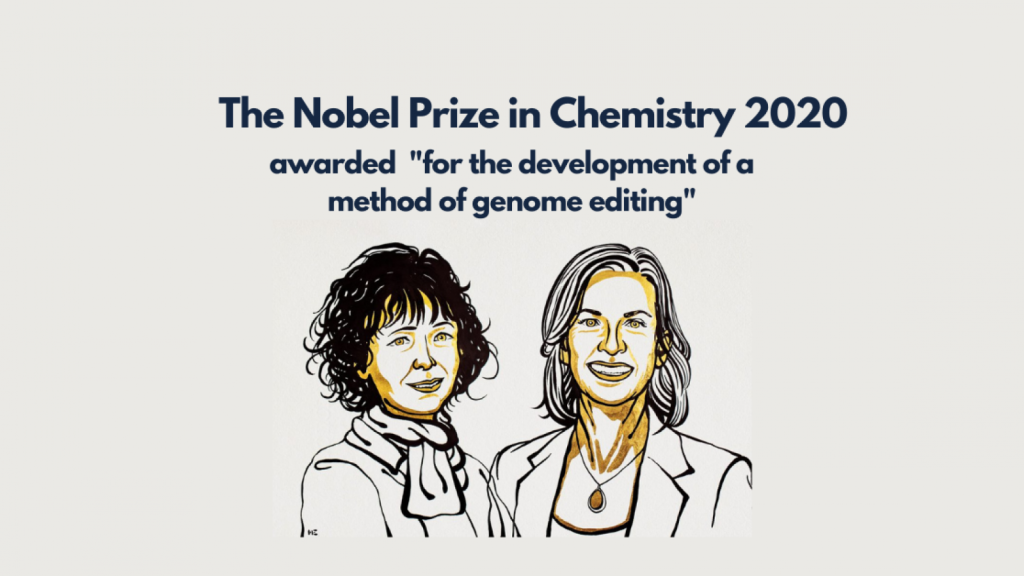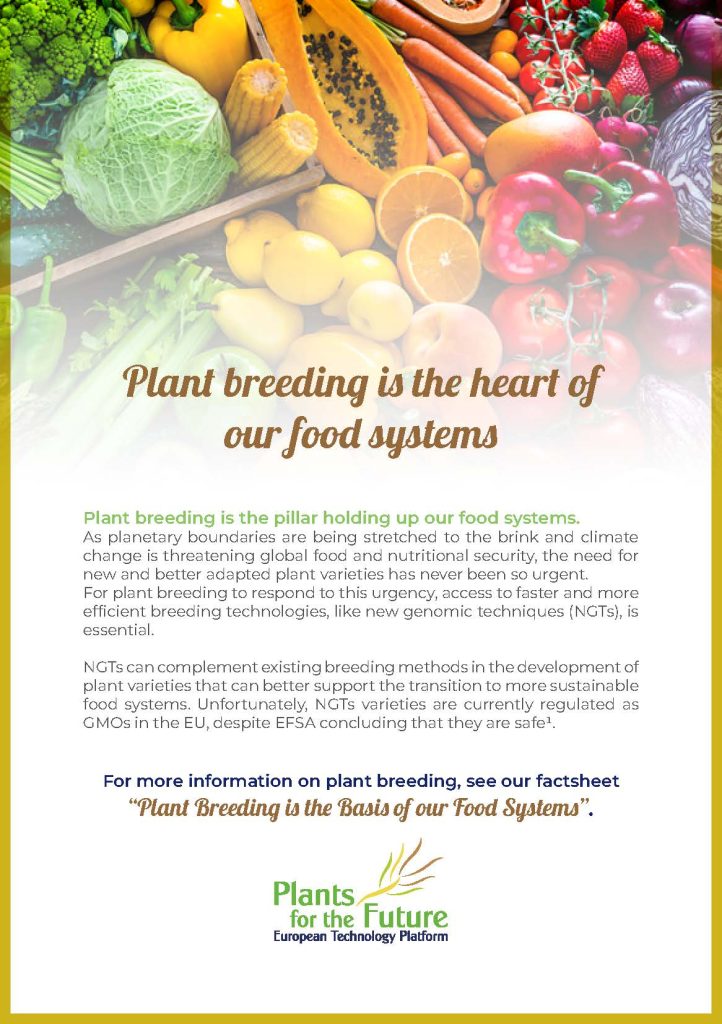NGTs can help develop new and improved plant varieties that support more sustainable agri-food systems
New Genomic Techniques (NGTs), of which CRISPR is the most widely known and used, are new breeding methods that were developed since 2000. The CRISPR technology was considered so ground-breaking, that the Nobel Prize of Chemistry was awarded to the two scientists that discovered the technology (Nobel Prize, 2020).
The use of NGTs like CRISPR in plant breeding, mimics what occurs in nature, or can be achieved using traditional breeding, and is therefore safe for humans and the environment (EFSA, 2022). Despite this broad scientific consensus, legislation is lagging behind and they are regulated under the same, obsolete and very strict, regulation that covers Genetically Modified Organisms (EU commission, 2021), a very different approach compared to countries like the US, Canada, the UK and many others.
Our campaign to #GiveCRISPRaChance aims at raising awareness of the potential of NGTs like CRISPR to help meet the challenges related to climate change and contribute to increasing sustainability, while ensuring food security and affordability. This can only be achieved if EU policymakers develop an enabling and proportionate regulatory framework for the NGTs that are being considered.
Society can also play an important role by adding its voice and supporting the #GiveCRISPRaChance initiative.

To demonstrate NGTs potential contribution to a more sustainable agri-food systems, you can find here some factsheets with concrete case examples of NGT plant varieties that can contribute to more sustainable food systems. We have also prepared a factsheet on plant breeding, if you would like to know more.
Plant breeding is at the heart of our food systems, but its role is often overlooked by society.
If you would like to know more about plant breeding and how it has evolved from traditional to more innovative methods, check out our factsheet on Plant Breeding.

We would like to thank all the working group members that volunteered to develop these factsheets, the members of CoverCress Inc. that kindly shared information about their new variety, and the colleagues from COPA-COGECA that designed the factsheets.